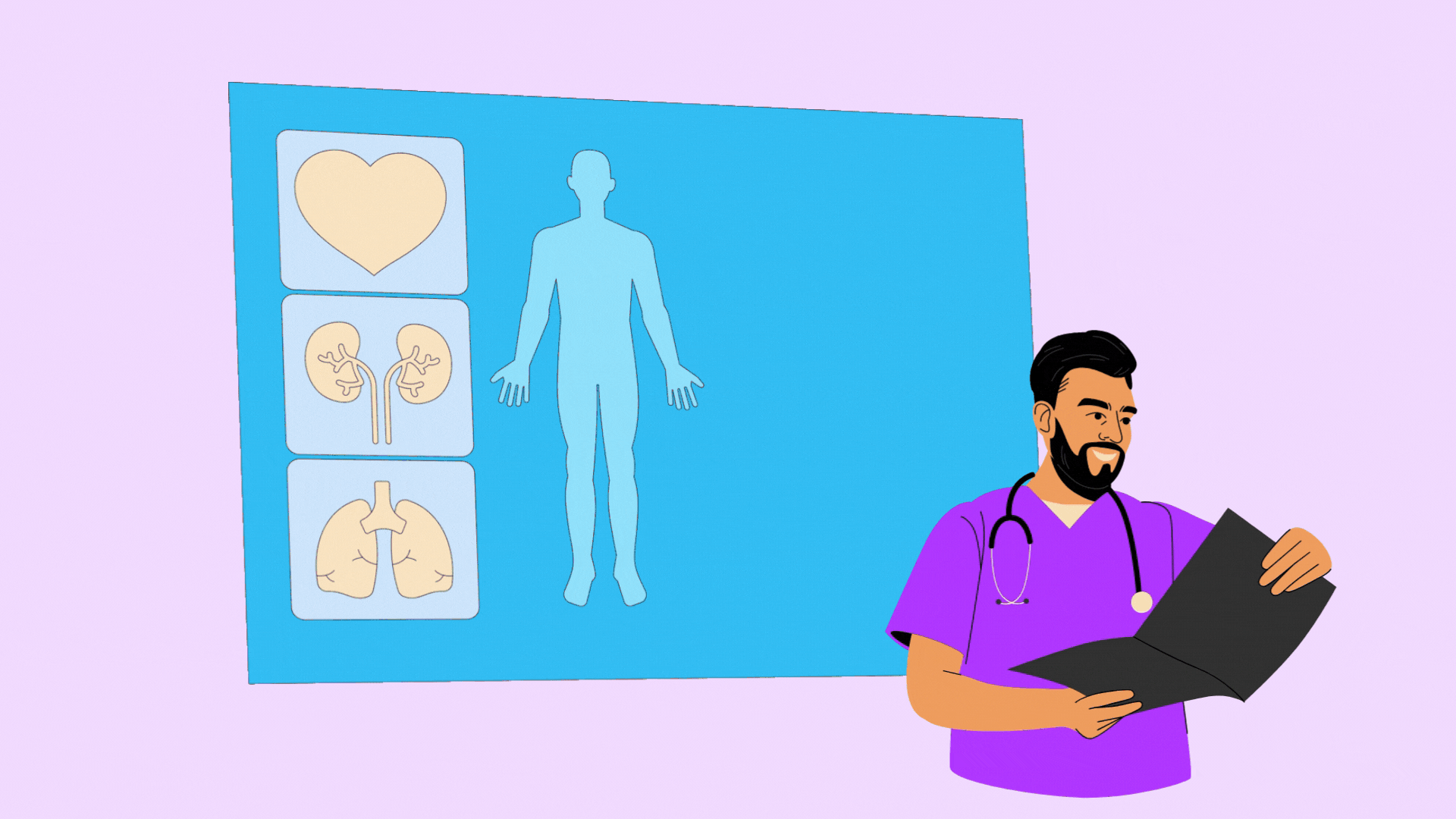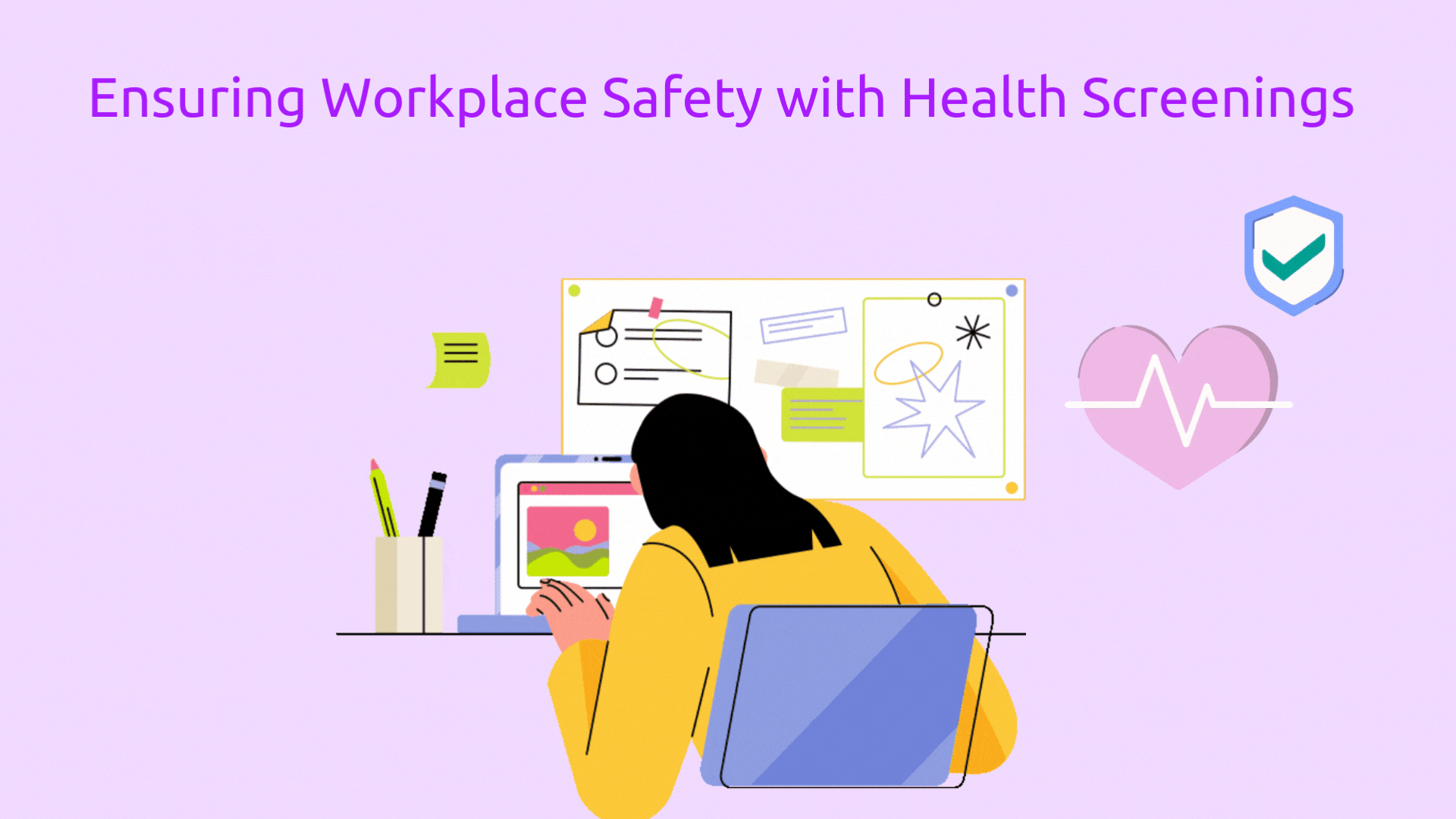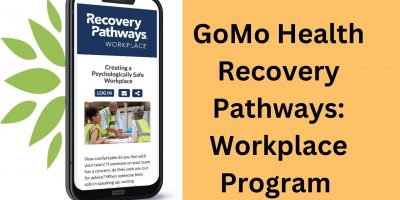
50+ Adoption Statistics
Gain insight into the current state of adoptions in the United States with 50+ crucial statistics and trends, providing valuable information on the evolving adoption landscape.

With the new year quickly approaching, now is the perfect time to make and stick to resolutions. The usual promises are to exercise more, eat healthier, and become a better version of ourselves.
In general, most people are interested in making positive lifestyle changes.
Companies are also tapping into this wave of wellness enthusiasm by encouraging employees to schedule health screenings—and for good reason.
Taking a proactive approach to healthcare helps workers better understand their current state of health, prevents illnesses, and strengthens a workplace culture of wellness.
In this article, we explore what should be on this year’s health radar and the types of screening companies should include to foster a healthy workplace culture.
To start, what is employee health screening?
Employee health screenings are assessments designed to evaluate the health of staff and identify any potential risks among them. These check-ups can be crucial for detecting conditions like heart disease in the workplace, allowing for early intervention.
Many proactive employers are now making regular health screenings a priority and promoting them as part of their benefits programs.
Employee health screenings generally fall into two main categories: routine and occupational.
Routine health screenings typically focus on general health indicators like blood pressure, cholesterol levels, and blood glucose. These results give a clearer picture of an employee’s overall health.
Often, these screenings are part of larger wellness programs or health coaching initiatives that encourage positive lifestyle changes.
Occupational health screenings, on the other hand, are designed for specific job roles. They might include hearing, vision, or respiratory tests and are often required by regulations to ensure workers can safely perform their tasks, especially in manufacturing, construction, or transportation.

Health screenings shift the focus from treating existing issues to preventing them from happening in the first place.
These routine check-ups play a key role in maintaining good health year after year.
Despite this, many Americans wait until they have symptoms before seeing a doctor, or worse – delay screenings even when symptoms arise.
In fact, one in four US adults delayed or have forgone medical care due to cost concerns over the last year.
Yet, skipping preventive care can lead to more severe health problems down the road, along with higher medical expenses when treatment becomes unavoidable.
For employers, this often results in higher medical claims, more frequent absences, and reduced productivity.
By catching concerns early, minor problems can be addressed before they escalate, benefiting employees, employers, and the overall healthcare system.
Understanding the cost-effectiveness of regular health screenings can help organizations prioritize these preventive measures.
The timing, type, and decision to opt for basic or advanced screenings can vary widely depending on several factors.
Medical history, family health background, age, lifestyle, and overall wellness all play a role in determining what’s best for each employee.
For these reasons, it’s important to consult with medical professionals or wellness providers who can figure out the proper screenings based on the unique circumstances of your workforce.
The recommendations below serve as general guidelines, meant to provide you with a starting point.
Like a regular check-up you get from your doctor, employee medical check-ups include a range of assessments designed to detect a myriad of disorders.
Most of these quick check-ups can be conducted within a day, similar to the tests you’d receive during a visit to your local clinic.
For instance, it’s common to see blood pressure checks, cholesterol screenings, and blood glucose tests included as part of these health screenings.
Such tests can help detect so-called “silent killers” — diseases that may go unnoticed until they cause harm, often without obvious symptoms.
Even if it’s not a legal requirement in your area, providing health check-ups for employees is a smart move that shows you prioritize their safety and overall wellness.
Over the last few years, cancer has been the leading driver of healthcare costs for employers, according to the Business Group’s 2024 Large Employer Health Care Strategy Survey.
One element contributing to these escalating costs is the lingering impact of the pandemic, which led to many cancer diagnoses occurring at more advanced, costlier stages.
In fact, one study found that postponing mammograms for two months, between mid-March and mid-May 2020, led to an 11% increase in cases of metastatic breast cancer.
With cancer rates expected to rise in 2025, employers must take a proactive approach to mitigate these costs.
So, how can this be done?
The World Health Organization emphasizes that early cancer detection—through identification of symptoms and screening—significantly improves treatment outcomes and reduces healthcare costs.
These are some key preventative health screenings recommended based on age and gender:
To help manage the growing financial burden of cancer, employers should ensure their disease prevention programs offer full coverage for recommended prevention and screening services and launch communication campaigns to raise awareness.

Occupational health screenings are essential in maintaining a safe and productive workplace.
As mentioned earlier, these evaluations are tailored to the unique demands of each organization and can vary widely from one industry to another.
Ultimately, the specific elements included in an occupational health screening program are determined by factors such as:
For example, healthcare workers may undergo annual tuberculosis tests, while those with physically demanding jobs, like in manufacturing or construction, might require assessments for common work-related musculoskeletal disorders.
Whether it’s a pre-employment drug test for safety-sensitive positions or respiratory checks for employees working in airborne hazardous environments, these screenings help protect workers’ health while minimizing employers’ legal and operational risks.
While physically demanding jobs, like firefighters, may require more frequent fitness assessments, roles that are psychologically taxing, such as therapists, often focus more on mental health and stress levels.
That said, stress doesn’t discriminate—it can affect anyone, regardless of their profession.
Mental health is often overlooked in wellness screening discussions, but neglecting it can seriously affect physical well-being.
For these reasons, regular screenings for both mental and physical health are essential for long-term wellness.
Employees may access a range of mental health evaluation tools, including:
At its core, an occupational health screening assesses an employee’s physical capacity to handle job-related tasks. It’s not uncommon for these checks to be introduced and required at different points in the employment journey.
They’re typically used to:
These checks can help ensure new hires are fit for the job and help monitor employee health over time, especially in high-risk roles.
Screenings might include vision and hearing tests, physical capability assessments, and drug tests.
However, employers must follow legal guidelines like those under the Americans with Disabilities Act (ADA), which protects applicants from discrimination based on health conditions and set clear rules about when medical exams can be conducted, particularly during hiring.

Staying on track with health screenings doesn’t have to be overwhelming or time-consuming. Follow these tips to arrange check-ups and make preventative care a routine part of your wellness strategy:
Many wellness programs already include health screenings as part of their package, making it easier for your employees to access routine check-ups. Utilize these programs to simplify the scheduling process and encourage participation.
Companies can also use the program’s built-in tools to create communication campaigns and reminders to help workers stay on track.
Partnering with health and wellness education companies can help raise awareness among your workforce of the importance of these screenings.
In addition, health literacy programs can improve employees’ understanding of their health data, making it easier for them to take informed actions based on screening results.
Look into cost-saving opportunities like telehealth services or including screenings as part of annual wellness visits. Consider bundling common preventive services—this is especially useful for tests that often come with extra costs, like anesthesia for colonoscopies.
Collaborate with your health plan to offer bundled payments for these services.
Reduce the risk of employees avoiding necessary screenings due to potential surprise bills or high out-of-pocket expenses.
Also, employees should be educated on which tests are included, what to expect, and any potential costs they might face.
It’s advisable to start scheduling workforce health screenings early in the year to reduce last-minute rushes.
Whenever possible, aim to organize multiple check-ups in one or two visits, saving time for both your team and your business.
On-site biometric screenings are also a good and seamless solution, as they boost participation rates and minimize time away from work.
For a dispersed workforce, consider mobile screening options that can reach employees where they are. Mobile clinics make it easier for employees in varied locations to access preventive care, helping support health across your entire organization.
Use apps and online portals from your healthcare vendor to help employees track their screening appointments and send reminders for upcoming check-ups.
Digital tools make it easier for your workforce to stay on top of their health, giving both you and your team a clearer picture of what’s needed next to remain proactive.
Employers should focus on subpopulations with higher risks of chronic conditions to create more effective health initiatives. Examining claims data can help identify these groups and tailor programs that address their unique needs.
For example, kidney disease screenings should be encouraged for employees managing diabetes at work or for those already participating in a chronic care management benefits program.
Partnering with your healthcare provider and other vendors on these efforts can boost care coordination, increase awareness, and improve the chances of early detection.
Investing in the health and well-being of your employees is always a great idea; however, there are also many additional benefits to regular employee screenings.
These screenings are made to work in favor of your company’s goals.
On average, employers in the U.S. lose $225.8 billion a year due to illness-related absenteeism, costing about $1,685 per employee, according to the Centers for Disease Control and Prevention (CDC).
Detecting health problems early can reduce healthcare costs for employers, cut down on absenteeism, and decrease the need for costly treatments.
For employees, regular screenings can provide peace of mind, help them know their health is in good condition, and reduce some of their health-related stress or anxieties.
In addition, healthier employees tend to be more productive, so providing regular health check-ups helps to ensure they can perform their tasks.
Even more broadly, prevention screenings provide benefits to employees, their families, and entire communities.
By prioritizing health check-ups and preventive care, employers show a commitment to their team’s well-being, fostering trust a stronger sense of community at work.
As an employer, it’s a good idea to kick off the year by encouraging your team to book their employee health screenings and other health tests.
Starting the new year with these screenings allows employees to detect potential health issues early and act quickly.
Once the January rush is over, consider sending a checklist of these health reminders to your staff.
It’s a suggestion that they’ll likely appreciate, making it easier for them to prioritize these important appointments sooner rather than later.
Disclosure: Some of the products featured in this blog post may come from our partners who compensate us. This might influence the selection of products we feature and their placement and presentation on the page. However, it does not impact our evaluations; our opinions are our own. The information provided in this post is for general informational purposes only.
Senior Content Writer at Shortlister
Browse our curated list of vendors to find the best solution for your needs.
Subscribe to our newsletter for the latest trends, expert tips, and workplace insights!

Gain insight into the current state of adoptions in the United States with 50+ crucial statistics and trends, providing valuable information on the evolving adoption landscape.

Substance use disorders impact 9% of the adult population. To address this challenge, GoMo Health has launched the “Recovery Pathways: Workplace” program, becoming one of the first to be nationally certified as a recovery-friendly workplace.

For countless employees in the United States, work is a source of physical discomfort and pain. How can corporate MSK programs help?

Explore 30+ statistics on work, stress, and the impact of COVID-19, providing valuable insights into the challenges employees face in today’s dynamic work environment.
Used by most of the top employee benefits consultants in the US, Shortlister is where you can find, research and select HR and benefits vendors for your clients.
Shortlister helps you reach your ideal prospects. Claim your free account to control your message and receive employer, consultant and health plan leads.